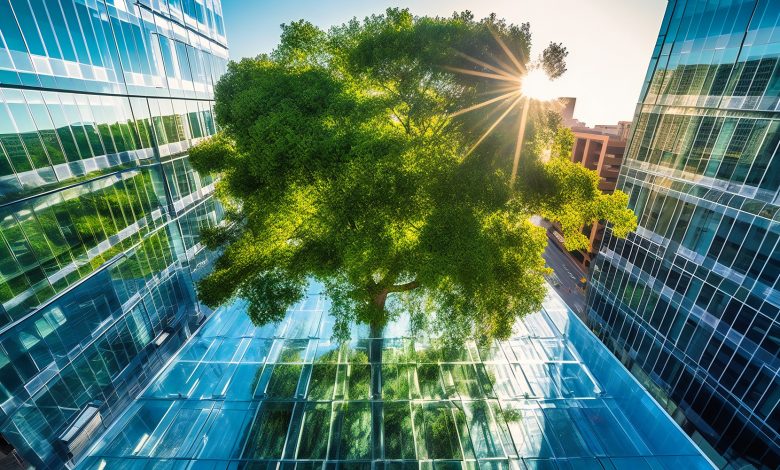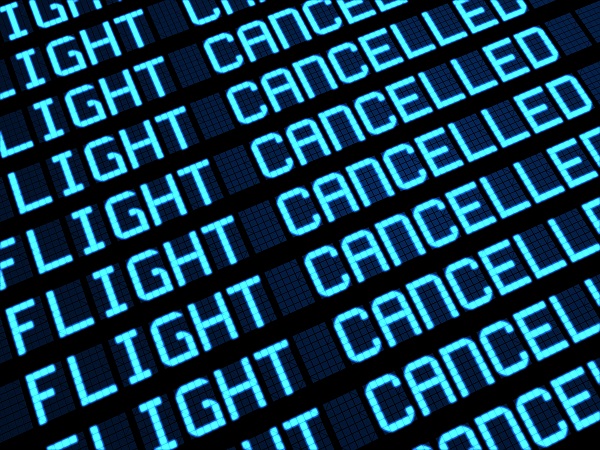
A key pillar towards net-positive hospitality
Research shows guests will pay more for hotels with circular economy practices, so should the sector change its "business as usual" approach?
As bad weather patterns, coastal erosion, water shortages, and surging energy prices have an increasingly negative effect on hotels’ bottom line, you’d think the industry would be at a pivotal point in changing its approach to “business as usual”.
Among the top priorities ought to be reducing operational costs and mitigating some of these risks.
Our latest AccomNews print issue is available now. Read it HERE
How can this be achieved by adopting a net-positive hospitality approach to their operations as well as reducing their embodied carbon footprint via a circular economy model? In the hotel industry, this could mean reducing resource inputs, rethinking service processes, and focusing on long-lasting design.
However, a formidable challenge typically lies in their path: the monumental task of, and courage required for, shifting from a linear to a circular economy model, all the while ensuring business sustainability.
Typical stumbling blocks here? The transition requires operational changes, consideration of cost implications, fostering stakeholder buy-in, and most importantly, battling a significant ambition and action gap.
Is circularity even worth considering for hotels?
Research shows that guests favour and are willing to pay more for hotels with circular economy practices, such as solar panels, recycling grey water, cooking primarily with locally produced food, remote room temperature control, and non-polluting travel options.
These practices can be conflicting, with hotel managers wanting to minimise the cost of these energy-saving practices, while guests prefer more costly ones that involve redesigning how hotels use energy and resources to improve their perception.
Hotels can reduce their environmental impact by:
- Reusing linens and towels using tracking technology in rooms.
- Recycling food waste.
- Using sustainable cleaning products.
- Replacing single-use plastics.
- Providing access to public transportation.
- Designing for disassembly.
What role can waste management play in hotel circularity?
When it comes to waste management, hotels should consider assigning a waste management champion and department leaders, providing staff training and incentives, performing audits, coordinating with waste collectors, and placing recycling bins with clear signage.
Opportunities typically include reducing food waste, donating or refurbishing furniture, phasing out single-use plastics, using amenity dispensers, and coordinating with builders for construction waste management.
Effective waste management programs benefit the environment, save costs, comply with regulations, and satisfy guests and staff.
Hotels should in fact engage all stakeholders in the transition to a circular economy by educating guests, involving employees, sourcing sustainable products, and communicating their circularity goals.
Using digital data technology, hotels can regularly evaluate strategies, understand their effectiveness, and make continuous improvements to their circular economy initiatives.
Landfill Diversion: RACV Noosa’s circularity story
In a recent case that I personally was involved in, tons of turf from a tennis court being renovated at the Noosa RACV resort were diverted to a local Noosa Shire Council ground instead of being thrown into landfills.
This exchange not only supported the circular economy but also saved the RACV Noosa Resort $9500 in commercial levy fees. A great example of viewing waste not as a byproduct to be discarded but as a resource to be harnessed and reused.
Circular economy in hotels goes beyond sustainability to restore biodiversity and promote regenerative practices!
Hotels could apply biodiversity and regeneration principles by creating green spaces, using sustainable landscaping, engaging with local communities, and supporting conservation initiatives. The goal is to minimise environmental impact and contribute to local ecosystems.
The following flows based on the work by Bocken et al. (2016) and the 2021 Circularity Gap Report (9) can be implemented as a strategy moving forward to achieve greater circularity and regeneration.
Narrow flows: Use less. In hospitality design, this is already achieved by using low embodied carbon materials, upcycling, and maximising natural light.
Slow flows: Use longer. Hotels consume a lot of resources throughout their lifecycle, especially during furniture, fixtures and equipment upgrades, refurbishment, and renovation. Using durable, long-lasting materials and planning for reuse, repair, and return should be the focus.
Regenerate flows: Make clean. The hospitality sector can tap into the ‘make clean’ strategy by using renewable energy on- and off-site while supporting a regenerative agriculture by using its food supply.
Cycle flows: Use again. Picking from use longer strategy, recycling, reusing, repairing, composting are already well-established at many properties. Here creativity goes a long way to achieve outstanding results.
Implementing a circularity strategy helps achieve Sustainable Development Goal 12 on Responsible Consumption and Production (particularly Targets 12.2, 12.3, 12.4 and 12.5).
How can hotel decision-makers take this leap of faith now?
Sustainability may be less complex and costly than “business as usual”, according to a recent report by Accenture. In my opinion, the same can be said for circularity in the hotel industry as well.
It suggests that hotels would need to update their business case to:
- Make circularity more human, then determine how to do so profitably.
- Consider the long-term and allow new initiatives to scale.
- Broaden the definition of business success and collaborate.
The circular economy and sustainable growth require a mindset shift and investment. Yes, there are trade-offs and challenges, but the potential benefits are great.
It’s high time for hoteliers, stakeholders, and guests alike, to join hands in adopting a circular economy, for it’s not just a trend, but a necessity. The move also promises enhanced brand image, customer loyalty, and significant cost savings from efficient resource utilisation.
But what happens if you don’t act now?
The failure to embrace the circular economy approach means increased carbon emissions, potential regulatory sanctions, damage to your brand reputation, and loss of competitive advantage. The path to circularity is no longer a matter of choice but a hotel business imperative.
David Nicolas is the founder of Reson8 marketing agency. A well-being evangelist and former Optometrist, David now works with well-being including hospitality brands to communicate sustainability and well-being initiatives in their business more effectively.
It is his goal for more purposeful brands to feature a “sustainable tab” on their website.







